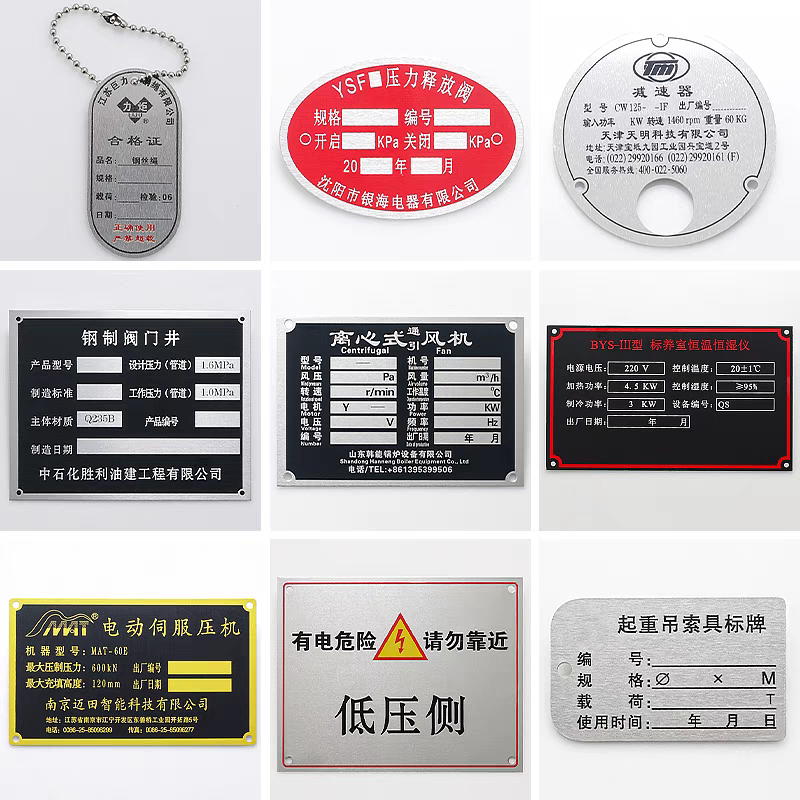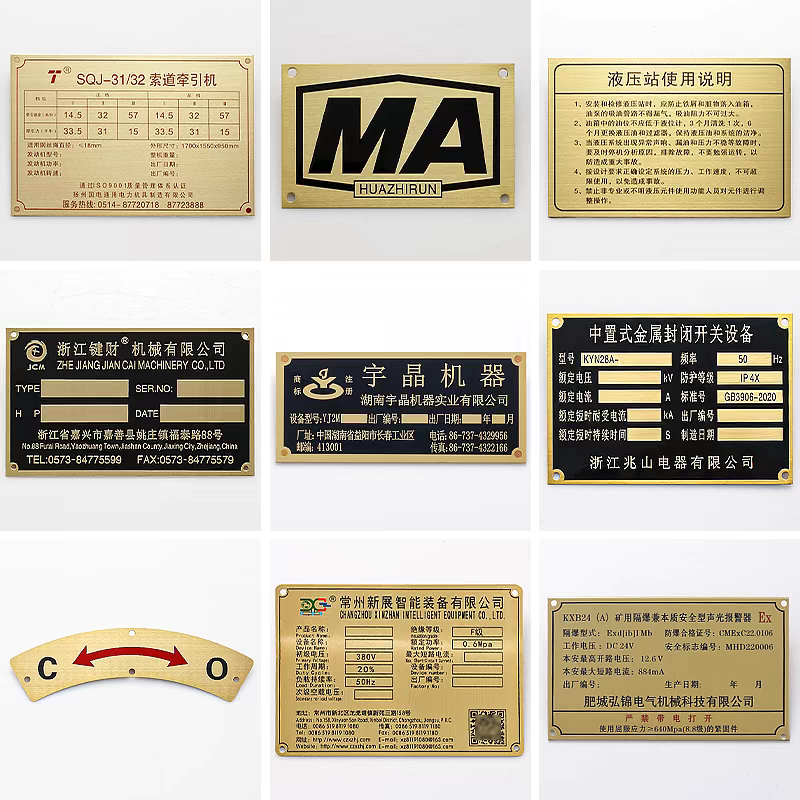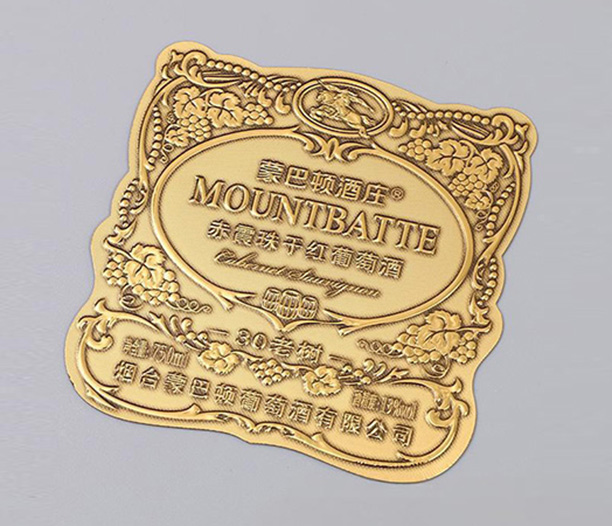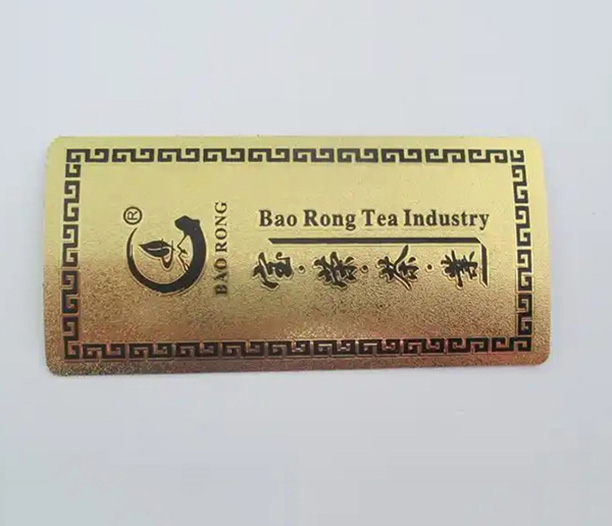Navigating the complex world of chemical label requirements is a fundamental responsibility for any business that manufactures, handles, stores, or transports hazardous chemicals. Proper labeling is not just a regulatory hoop to jump through; it is the first and most critical line of defense in ensuring workplace safety, preventing accidents, and protecting the environment. This comprehensive guide will delve into five essential aspects of chemical label requirements, providing you with the knowledge needed to maintain compliance and foster a culture of safety.

The Global Harmonized System (GHS): The Foundation of Modern Chemical Label Requirements
At the heart of modern chemical label requirements lies the Globally Harmonized System of Classification and Labelling of Chemicals (GHS). Developed by the United Nations, the GHS aims to standardize hazard classification and communication across international borders. Before its adoption, different countries and regions had their own systems, leading to confusion and increased risk.
The GHS mandates a consistent approach to:
Hazard Classification: Chemicals are classified based on their health, physical, and environmental hazards. This standardized classification dictates what information must appear on the label.
Signal Words: Labels must include a signal word that indicates the relative level of severity. "Danger" is used for more severe hazards, while "Warning" is used for less severe ones.
Hazard Statements: These are standardized phrases assigned to each hazard class and category, describing the nature of the hazard (e.g., "Causes serious eye irritation," "Highly flammable liquid and vapor").
Pictograms: Perhaps the most visually recognizable element, GHS pictograms are diamond-shaped symbols on a white background with a red border. Each of the nine pictograms represents a distinct type of hazard, such as flammability, corrosion, acute toxicity, or environmental damage.
Understanding and implementing the GHS is the non-negotiable first step in meeting international chemical label requirements. It ensures that a worker in the United States, a transporter in Germany, and an emergency responder in Japan can all understand the basic hazards of a chemical at a glance.
Core Elements and Content: What Must Appear on Every Chemical Label
While specific regulations like OSHA's Hazard Communication Standard (HCS) in the US or CLP in Europe have their nuances, they all build upon the GHS foundation. A compliant chemical label is not a random assortment of information; it is a meticulously structured document. The core elements that must be present on every primary container label include:
Product Identifier: This is how the chemical is identified. This must match the product identifier found on the corresponding Safety Data Sheet (SDS). It can be the chemical name, code number, or batch number.
Signal Word: As defined by the GHS, either "Danger" or "Warning" must be used to alert the reader to the potential hazard level.
Hazard Statement(s): These standardized phrases provide detailed information on the hazard(s) associated with the chemical.
Precautionary Statements: These statements describe recommended measures to minimize or prevent adverse effects from exposure, improper handling, or storage. They are often grouped into four categories: prevention, response, storage, and disposal.
Pictograms: The applicable GHS pictogram(s) must be prominently displayed to provide quick visual hazard recognition.
Supplier Identification: The name, address, and telephone number of the manufacturer, importer, or other responsible party must be included.
Supplementary Information: This section may include other non-standardized information that provides further clarification, such as expiration dates, specific handling instructions, or any other details not covered by the mandatory elements.
Omitting any of these core components is a direct violation of most chemical label requirements and can lead to severe penalties, not to mention an increased risk of workplace incidents.

Secondary Container Labeling: Navigating Internal Use and Workplace Compliance
A common point of confusion in chemical label requirements involves secondary containers. A secondary container is any portable vessel (like a beaker, bottle, or drum) into which a hazardous chemical is transferred from its original primary container for immediate use.
The rules for labeling these containers are just as critical:
The "Immediate Use" Exception: If a chemical is transferred into a container and will be under the control of and used entirely by the person who performed the transfer within their work shift, a label is not strictly required. However, this is a narrow exception and relying on it carries risk.
Standard Workplace Labeling: For all other secondary containers, chemical label requirements mandate that they are labeled with either:
A full GHS label: Containing all the original elements from the primary container.
A simplified workplace label: At a minimum, this must include the product identifier and a general description of the hazards. However, best practice and many company policies go further, requiring key hazard information (e.g., "Flammable!") to ensure safety.
The failure to properly label secondary containers is one of the most frequently cited OSHA violations. It creates a significant blind spot for employees who may be exposed to unknown hazards. A robust internal labeling system, often using pre-printed labels and dedicated label printers, is essential for full compliance with workplace chemical label requirements.
Industry-Specific and Regional Variations in Chemical Label Requirements
While the GHS provides a global framework, it is crucial to understand that chemical label requirements are not universally identical. Regulations can vary significantly depending on the industry and, most importantly, the geographic region.
Regional Regulations:
United States: OSHA's Hazard Communication Standard (29 CFR 1910.1200) is the governing regulation for most workplaces. The Environmental Protection Agency (EPA) also has its own chemical label requirements for pesticides under the Federal Insecticide, Fungicide, and Rodenticide Act (FIFRA).
European Union: The Classification, Labelling and Packaging (CLP) Regulation (EC) No 1272/2008 implements the GHS and is legally binding across all EU member states.
Canada: The Hazardous Products Regulations (HPR) under the Hazardous Products Act (HPA) governs workplace chemicals.
Other Regions: Countries like Australia (under the Model WHS Laws), Japan, and China all have their own specific adaptations of the GHS.
Transportation vs. Workplace: A critical distinction exists between labels for transport and labels for use in the workplace. Transport of dangerous goods is governed by regulations like the U.S. Department of Transportation (DOT) rules or the international ADR agreements. Transport labels often have different sizes, colors, and pictograms (e.g., a flame pictogram on an orange background). A chemical may require both a DOT transport label and a GHS workplace label at different stages of its journey.
Companies operating internationally must be vigilant in understanding and applying the specific chemical label requirements for each country they operate in and for each stage of the chemical's lifecycle.
Best Practices for Implementation, Maintenance, and Auditing
Meeting chemical label requirements is not a "set it and forget it" task. It is an ongoing process that requires a systematic approach to implementation and maintenance.
Develop a Written Hazard Communication Program: This is a foundational OSHA requirement. Your program should detail how your company will handle labeling, SDS management, and employee training.
Invest in Robust Labeling Solutions: Use durable, weather-resistant label materials that can withstand the environments in which they will be used (e.g., chemical exposure, moisture, extreme temperatures). Thermal transfer printers often produce more durable labels than standard laser or inkjet printers.
Comprehensive Employee Training: Employees must be trained to understand the information on the labels. They need to know what each pictogram means, how to interpret signal words and hazard statements, and what precautionary measures to take. Training should be conducted upon hiring and whenever a new chemical hazard is introduced.
Establish a Regular Audit and Inspection Schedule: Labels can fade, peel, become damaged, or become incorrect if a chemical's formulation changes. Implement a regular audit process (e.g., quarterly or biannually) to inspect all primary and secondary containers. This ensures labels remain legible, present, and accurate.
Stay Informed on Regulatory Changes: Chemical label requirements evolve. Regulatory agencies like OSHA occasionally update their rules to align with new GHS revisions. Subscribing to regulatory update services or partnering with a compliance expert can help your organization stay ahead of changes and avoid non-compliance.
By viewing chemical labeling not as a burdensome regulation but as a core component of your operational safety culture, you can protect your employees, your business, and your community. A proactive and thorough approach to chemical label requirements is an investment in safety that pays invaluable dividends.






